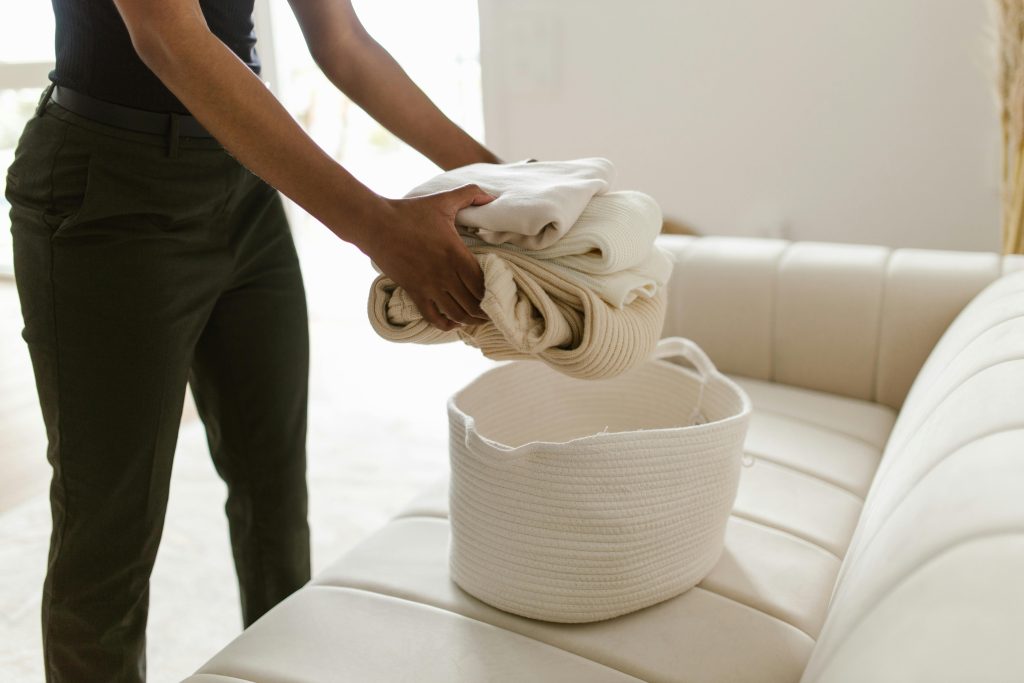
Smart Ways to Add More Physical Activity to Daily Life
In an age of busy schedules, desk jobs, and digital distractions, it’s easy to overlook one of the most important contributors to long-term health: daily movement. While structured workouts are valuable, research shows that small bursts of physical activity spread throughout the day can be just as impactful—especially for those trying to build sustainable habits. The key? Making movement part of your lifestyle, not just your gym time.
Whether you’re working from home, juggling family responsibilities, or constantly on the go, these strategies will help you incorporate more activity into your routine without overhauling your schedule.
1. Rethink What Counts as Exercise
One of the biggest mindset shifts is realizing that not all physical activity has to be a “workout.” Everyday movements like walking the dog, taking the stairs, or doing household chores all contribute to better health. The World Health Organization recommends at least 150 minutes of moderate activity per week—but that can include 10-minute increments throughout the day.
Tip: Instead of aiming for perfection, aim for consistency. A few minutes here and there adds up over time.
2. Walk More—Intentionally
Walking is one of the simplest, most effective ways to increase daily movement. It’s low-impact, doesn’t require special equipment, and can be easily built into your routine.

Ways to walk more:
- Take a 10-minute walk after each meal.
- Park farther from your destination.
- Walk during phone calls or meetings.
- Use a foldable treadmill while watching TV or working from home.
If you track steps, aim for at least 7,000–10,000 per day. But even boosting your average by 1,000 steps daily makes a meaningful difference.
3. Use Foldable Fitness Gear at Home
If you’re short on time or space, compact, foldable fitness equipment can make home workouts more accessible and less intimidating. Having gear that tucks under your bed or stands in the corner makes it easier to stay consistent.
Great options include:
- Foldable resistance bands for quick strength sessions
- A collapsible workout bench for bodyweight or dumbbell routines
- Compact steppers or foldable treadmills for cardio bursts
These tools allow you to squeeze in 5–15 minute workouts without needing a full gym setup.
4. Stack Movement with Daily Habits
One of the most effective behavior-change strategies is habit stacking—pairing a new habit with an existing one. This reduces the mental effort needed to stay active.
Examples:
- Do a few squats or stretches while brushing your teeth.
- Set a timer to stretch or walk every hour at your desk.
- Add five minutes of yoga before your morning coffee.
By pairing movement with things you already do, physical activity becomes automatic instead of another task on your to-do list.
5. Make Sitting More Active
Even if you work a sedentary job, you can make adjustments to move more without leaving your desk. This is especially important for reducing the negative effects of prolonged sitting.
Ideas:
- Use a stability ball or wobble cushion while sitting.
- Try seated leg lifts, desk stretches, or resistance band exercises.
- Alternate between sitting and standing with a height-adjustable desk.
- Take short “movement breaks” every 30–60 minutes.
Just a few minutes of movement every hour can improve circulation, reduce fatigue, and boost focus.
6. Turn Chores Into Micro-Workouts
Cleaning, gardening, and even laundry are opportunities to be active. Approach household tasks as movement challenges.

Turn chores into exercise by:
- Adding lunges while vacuuming
- Doing calf raises while washing dishes
- Squatting to pick up clutter instead of bending at the waist
- Carrying laundry baskets with proper form to activate your core
You’ll complete tasks and get your heart rate up—all without needing extra time in your day.
7. Schedule Movement Like a Meeting
If it’s not scheduled, it’s easy to skip. Treat your physical activity like any other appointment. Block time on your calendar for a walk, stretch break, or short session with your foldable fitness gear.
Even 15–20 minutes per day can make a big difference when done consistently.
Pro tip: Use reminders, alarms, or fitness apps to build accountability, especially during the first few weeks of habit-building.
8. Try “Exercise Snacks”
An “exercise snack” is a short burst of physical activity, usually 1–5 minutes long. These micro-sessions are perfect for busy days and can be just as effective as longer workouts over time.
Examples of exercise snacks:
- 20 squats, 15 push-ups, or a 1-minute plank
- A quick circuit using resistance bands
- One flight of stairs climbed every hour
Sprinkling these throughout your day is a great way to maintain energy and break up long periods of sitting.
9. Make Movement Social
You’re more likely to stick to physical activity when it’s fun and shared. Invite a friend or family member to join you for a walk, virtual workout, or weekend hike. Join an online challenge or follow fitness creators who share compact routines for small spaces.
Added bonus: Social accountability helps keep you motivated, especially on days you’re tempted to skip movement altogether.
10. Move First Thing in the Morning
Starting your day with movement—even if it’s just 5–10 minutes—can set the tone for a more active, energized day. Morning activity boosts circulation, improves focus, and helps establish consistency before the demands of your schedule take over.

You don’t need to go hard: a walk, some stretches, or light strength work can be enough to activate your body and mind.
Build a Lifestyle of Movement
Incorporating more physical activity into daily life doesn’t require drastic change. It’s about small, sustainable choices that add up—using the stairs instead of the elevator, doing a few squats while cooking dinner, or keeping foldable fitness gear close by for quick sessions.
Movement isn’t all-or-nothing. You don’t need a perfect workout plan or an hour at the gym every day to feel better, have more energy, and support your long-term health. The key is to look for moments—however small—to move your body and treat physical activity as part of how you live, not just something you do.
Make movement a natural extension of your routine, and you’ll be amazed at how quickly it becomes a habit you can maintain for life.